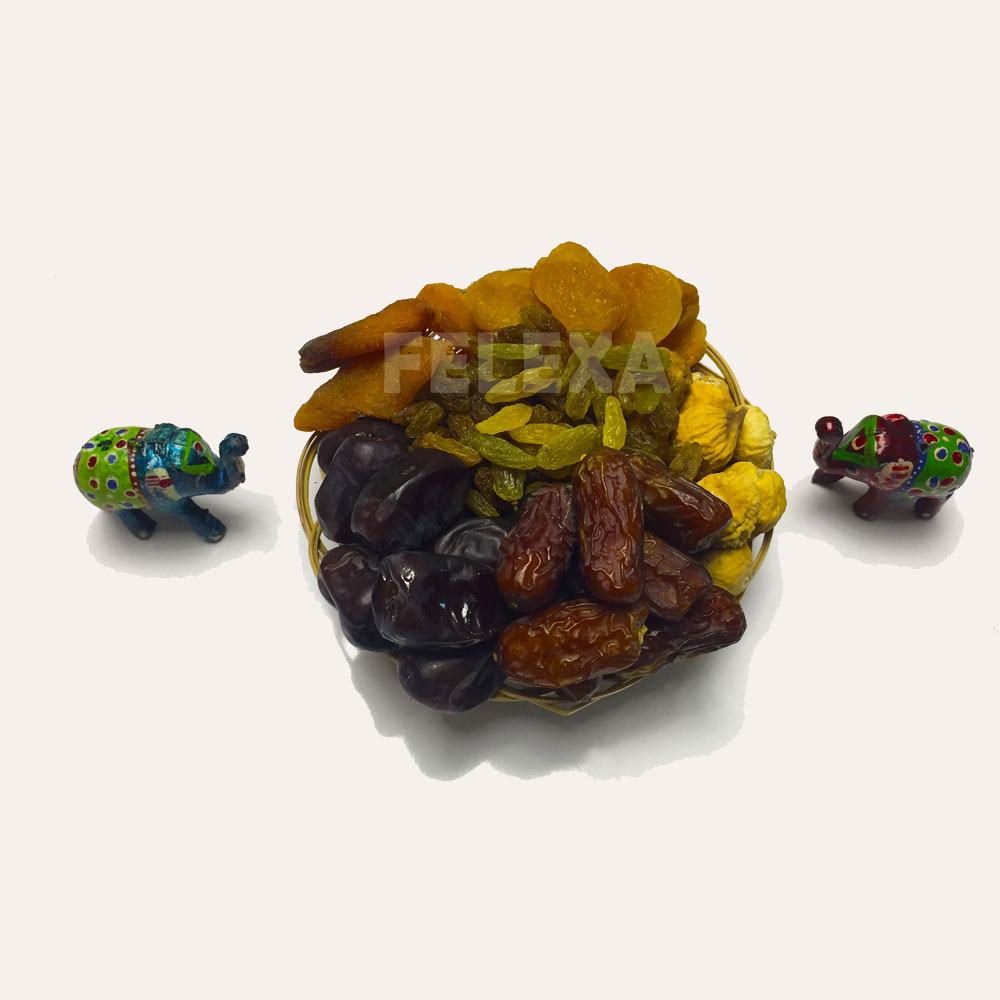In the dynamic world of the dried fruit industry, entrepreneurs often grapple with a fundamental question: is it more lucrative to trade in bulk or focus on packaged products? This debate hinges on various factors, including market demand, operational costs, and profit margins. In this comprehensive analysis, we delve into the intricacies of both approaches to determine which one offers superior profitability and long-term sustainability.
Understanding Bulk Trade
Bulk trade entails selling dried fruits in large quantities, typically to wholesalers, retailers, or food manufacturers. This model emphasizes economies of scale, as businesses can leverage bulk purchasing and streamlined distribution channels to lower per-unit costs. Furthermore, bulk trade minimizes packaging expenses and reduces labor requirements, translating into potentially higher profit margins.
One of the key advantages of bulk trade is its ability to cater to diverse customer segments, including commercial enterprises that require bulk ingredients for further processing or packaging. Moreover, businesses engaged in bulk trade can capitalize on seasonal fluctuations in supply and demand, adjusting their pricing strategies accordingly to maximize profitability.
However, bulk trade also poses certain challenges. For instance, businesses must invest in specialized storage facilities to maintain product quality and prevent spoilage. Additionally, fluctuations in global supply chains and market prices can introduce volatility into profit margins, necessitating robust risk management strategies.
Exploring Packaged Products
Packaged products, on the other hand, involve processing and packaging dried fruits into consumer-ready formats such as pouches, jars, or snack packs. This approach adds value through branding, convenience, and product differentiation, allowing businesses to command premium prices and cultivate brand loyalty among consumers.
Packaged products offer several distinct advantages. Firstly, they enable businesses to target specific consumer segments, such as health-conscious individuals or gourmet food enthusiasts, by tailoring packaging designs and marketing messages to resonate with their preferences. Secondly, packaged products often enjoy higher profit margins compared to bulk trade, as consumers are willing to pay a premium for convenience and perceived quality.
Furthermore, packaging serves as a powerful marketing tool, allowing businesses to communicate product attributes, nutritional information, and usage suggestions effectively. This can enhance brand visibility and customer engagement, fostering repeat purchases and word-of-mouth referrals.
Nevertheless, packaged products entail additional overhead costs associated with packaging materials, labeling, and branding efforts. Furthermore, businesses must navigate competitive retail environments and invest in marketing and distribution channels to secure shelf space and drive consumer awareness.
Strategic Considerations
When evaluating the profitability of bulk trade versus packaged products in the dried fruit business, several strategic considerations come into play:
- Market Dynamics: Assess the demand for both bulk ingredients and packaged snacks in your target markets. Conduct thorough market research to identify emerging trends, consumer preferences, and competitive landscape.
- Cost Analysis: Calculate the total cost of production, including procurement, processing, packaging, and distribution expenses, for both bulk and packaged formats. Compare profit margins and return on investment to determine the most cost-effective approach.
- Brand Positioning: Consider your brand identity, value proposition, and target audience. Determine whether your business is better suited to compete on price, quality, convenience, or innovation, and align your strategy accordingly.
- Supply Chain Management: Evaluate the scalability, reliability, and resilience of your supply chain infrastructure. Mitigate risks associated with sourcing, transportation, and storage to ensure consistent product availability and quality.
- Marketing and Distribution: Develop comprehensive marketing and distribution strategies tailored to each channel. Leverage digital platforms, social media influencers, and strategic partnerships to amplify your brand presence and drive sales.
Conclusion
In conclusion, both bulk trade and packaged products offer unique advantages and challenges in the dried fruit business. While bulk trade emphasizes economies of scale and flexibility, packaged products focus on value-added branding and consumer appeal. Ultimately, the most profitable approach depends on factors such as market demand, cost efficiency, brand positioning, and supply chain resilience. By carefully analyzing these considerations and aligning your strategy with market dynamics, you can maximize profitability and achieve sustainable growth in the competitive dried fruit industry.

